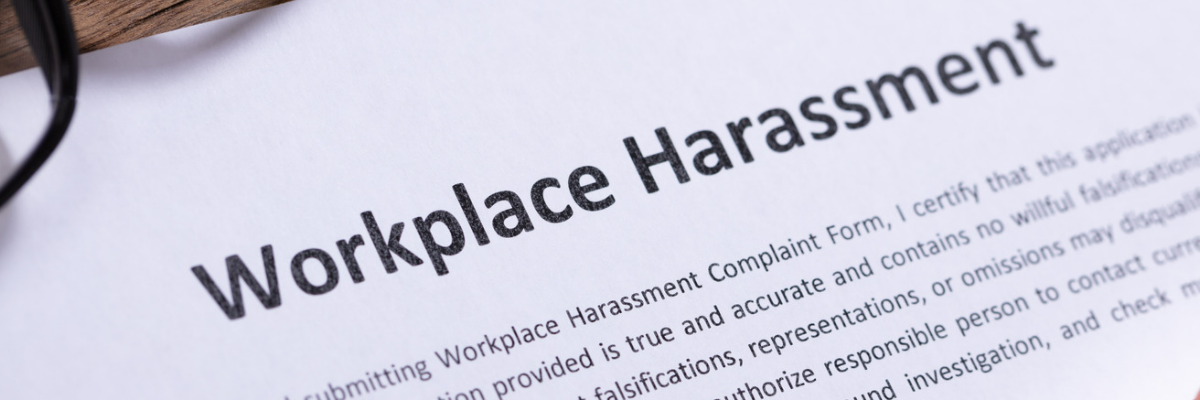Legal experts Bradley Workman-Davies and Kelly Sease from Werksmans said that courts nevertheless exercise the necessary functions of providing checks and balances to ensure all parties are treated fairly.
In March last year, the minister of employment and labour published the Code of Good Practice on the Prevention of Elimination of Harassment in the Workplace.
According to Werksmans, the latest Code takes an earnest disciplinary approach to harassment in the workplace, especially if it is harassment in the form of sexual harassment.
As a result, employers must ensure that they respond quickly and appropriately to any allegations that their employees are being harassed, or are harassing third parties, said Werksmans.
“Due to the possibility of vicarious liability and the imposition of unlimited damages against the employer, the stakes are high.”
Werksmans said employers should be aware of their obligations under the Code, and the consequences of not taking appropriate action to protect employees, are severe.
It added that every case must be judged on its merits and that an appropriate evaluation of each situation should be made, with the assistance of legal counsel, to determine what intervention may be required.
In the Labour Appeal Court case of Amathole District Municipality v CCMA, the court ruled in favour of fair procedure.
“In this case, the Labour Appeal Court firstly determined on the point of law that when a filing by a party was late and was accompanied by a condonation application since the delay for the late filing was occasioned by the negligence of the party’s attorneys, to be fair to the applicant, the court was prepared to excuse the late filing.”
Werksmans said that this outcome is a valuable point of law that can be relied on in future by litigants who may, due to factors beyond their control, not be able to meet the strict requirements of filing deadlines or other procedural requirements.
“In addition, on the central issue of whether one of its employees had been sexually harassed, the Labour Appeal Court was asked to reconsider the facts of the matter.”
“The employer had previously been found liable for the payment of damages because it had failed to take appropriate action to protect one of its employees against sexual harassment by a colleague.”
Werksmans said that the court found that the previous courts had failed to consider critical evidence of a consensual relationship between the parties and proof of flirtatious messages from the complainant to the colleague.
Critically, this element of consent was determined to be prevalent at the time that the alleged sexual harassment took place and not at any other irrelevant time, said the firm.
As such, the court cognised that consent must be contemporaneous and that a prior relationship does not negate that consent may be withdrawn.
In this case, however, the court was convinced that the interactions between the two employees were consensual. As such, “if the conduct is not unwelcome, it cannot amount to sexual harassment,” said Werksmans.
The Harassment Code
The Code of Good Practice on the Prevention and Elimination of Violence and Harassment in the World of Work expands on the various types of violence an employee can experience in an office environment and what steps the boss or upper management is legally required to take in response.
Harassment in the context of the regulations extends beyond those sexual in nature but also includes harassment based on race, ethnicity and in the form of bullying.
Regarding sexual harassment, the Code says that this includes conduct that a person knows or should know is not welcome and offends the complainant or makes the complainant feel uncomfortable – such as sexual harassment and unwanted sexual attention, among others.
Harassment concerning race can extend to instances where one intends to induce submission based on actual or threatened consequences related to a person’s group membership.
Workplace bullying, on the other hand, encompasses various forms of behaviour that are insulting, demeaning, or intimidating and can lower an employee’s self-esteem and self-confidence.
Workplace bullying includes harassment, offensive behaviour, professional or social exclusion, and actions that negatively impact an employee’s work tasks.
With commentary from Werksmans






